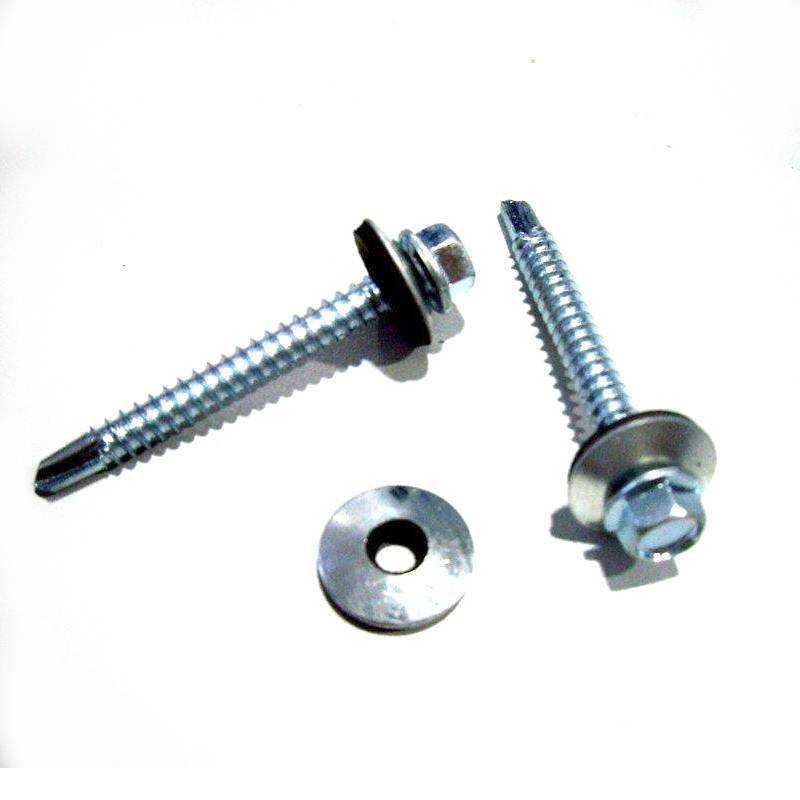Guide for Drilling Pilot Holes for 12 Self-Tapping Screws
Understanding Pilot Holes for 12 Self-Tapping Screws
When it comes to fastening materials together, screws are one of the most effective solutions available. Among these, self-tapping screws have gained popularity for their ability to create their own threads as they are driven into various materials. A common size used in many applications is the 12 self-tapping screw. To achieve the best performance and longevity from these screws, understanding the concept of pilot holes is essential.
What is a Pilot Hole?
A pilot hole is a small hole that is drilled into a material before inserting a screw. It serves several important functions, particularly for self-tapping screws. The primary purpose of a pilot hole is to reduce the torque required to drive the screw into the material, thereby preventing damage to the screw and the surrounding material.
The Importance of Pilot Holes for 12 Self-Tapping Screws
1. Minimizing Wood Splitting In woodworking, using a pilot hole is crucial, especially when working with hardwoods. 12 self-tapping screws can exert significant force as they thread into the material. Without a pilot hole, there is a high risk of the wood splitting, which can compromise the integrity of the joint and ruin the workpiece.
2. Enhancing Accuracy A pilot hole provides a precise entry point for the screw. This precision is especially important in applications where alignment is critical, such as in furniture assembly or cabinetry. When screws are driven into a properly drilled pilot hole, they are less likely to wander off course, ensuring that the final assembly is tight and fit for purpose.
pilot hole for #12 self tapping screw products

3. Preventing Screw Breakage Driving a screw into a dense material without a pilot hole can lead to excessive stress on the screw, resulting in breakage. This is particularly relevant for larger screws like the 12 self-tapping variety, which can be more prone to snapping under high torque. By using a pilot hole, the screw can be installed more easily, reducing the risk of failure.
4. Improving Performance Self-tapping screws are designed to create their threads, which can be more easily accomplished when the screw does not have to overcome the full density of the material without guidance. A pilot hole acts as a pathway that facilitates the insertion of the screw, allowing for smoother and more efficient installation.
How to Determine the Size of the Pilot Hole
The size of the pilot hole is critical and varies depending on the specific application and the material being used. For 12 self-tapping screws, a common recommendation for pilot hole size is to drill a hole that is slightly smaller than the diameter of the screw's shaft (usually around 3/32 inches for soft materials and slightly larger for harder ones).
It’s also essential to consider the thread design of the screw. If the screw has sharp threads designed for aggressive cutting, a smaller pilot hole may be acceptable. Conversely, if the threads are less aggressive or if the material is particularly hard, a larger pilot hole may be necessary.
Conclusion
Using pilot holes for 12 self-tapping screws is a best practice that can enhance the effectiveness of fastening projects. The benefits of reducing the risk of material damage, improving screw performance, and ensuring accuracy cannot be overstated. Whether you are working on home improvement projects, woodworking, or metal fabrication, understanding the importance of pilot holes will ultimately lead to better craftsmanship and more durable assemblies. Always ensure to select the correct drill bit size for your pilot holes to achieve optimal results.
-
Top Choices for Plasterboard FixingNewsDec.26,2024
-
The Versatility of Specialty WashersNewsDec.26,2024
-
Secure Your ProjectsNewsDec.26,2024
-
Essential Screws for Chipboard Flooring ProjectsNewsDec.26,2024
-
Choosing the Right Drywall ScrewsNewsDec.26,2024
-
Black Phosphate Screws for Superior PerformanceNewsDec.26,2024
-
The Versatile Choice of Nylon Flat Washers for Your NeedsNewsDec.18,2024










